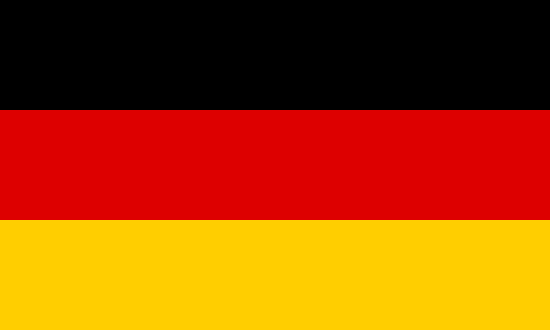"Mainhattan | Mainhattan"
Note: The Rhine-Main area, specifically Frankfurt, is often referred to as "Mainhattan", a portmanteau of the River Main that runs through the city and Manhattan, symbolizing Frankfurt's significance as a finance and business hub with its impressive skyline.
About:
The Rhine-Main area, located in Germany, is a significant economic and cultural region, named after the Rhine and Main rivers. Its history dates back to Roman times when it was part of the Limes Germanicus. In the Middle Ages, it was a center of the Holy Roman Empire. The region developed rapidly during the Industrial Revolution, becoming a hub for transport, trade, and industry. Today, it is home to major cities like Frankfurt and Mainz, and is a key European economic and transportation center.
When to visit:
The Rhine-Main area, encompassing cities such as Frankfurt and Mainz, experiences a temperate oceanic climate with mild winters and warm summers. For a holiday visit, the best time to explore this region is during the spring or early autumn months. Spring, from April to June, brings blooming flowers and pleasant weather ideal for outdoor activities and sightseeing. Alternatively, early autumn, from September to October, offers cooler temperatures and vibrant foliage, providing a picturesque backdrop for your holiday experience in the Rhine-Main area.
When to avoid:
The Rhine-Main area experiences its least favorable travel conditions during the winter months, particularly in December and January. Cold temperatures, frequent rain, and occasional snowfall can make exploring outdoor attractions less enjoyable. Additionally, many holiday festivities and markets may result in crowded streets and limited accommodation availability. Travelers seeking to avoid inclement weather and large crowds may prefer visiting during the spring or fall seasons for a more comfortable and relaxed experience in the Rhine-Main area.
"Winter Season (Dec-Feb)"
In the Rhine-Main area, winter (December-February) is the coldest season, with temperatures averaging between -1°C and 4°C. Rainfall is moderate, around 40mm per month, but snow is also common, especially in January. The days are short with only 2-3 hours of sunlight, and cloud cover is frequent, making skies often grey. An average day for a visitor would likely involve bracing the cold and potentially snowy weather, with limited sunlight hours for outdoor activities. Indoor attractions like museums, galleries, or cozy cafes become particularly appealing.
Summer (June - August)
The warmest part of the year in the Rhine-Main area, Germany typically occurs from June to August, marking the region's summer season.
During this time, the average high temperatures range from 20°C to 25°C (68°F to 77°F), while the average lows at night are around 12°C to 15°C (54°F to 59°F). Rainfall is relatively moderate, with monthly averages of about 50-60mm, making this period slightly drier compared to the rest of the year.
The region enjoys an average of 7-8 hours of sunshine per day, with daylight lasting up to 16 hours at the summer solstice. Humidity levels are usually moderate, generally around 60-70%, making the heat comfortable rather than oppressive. Cloudiness varies, but clear or partly cloudy days are more common, especially in the latter part of the summer.
For a visitor, a typical summer day in the Rhine-Main area is pleasantly warm, ideal for outdoor activities and sightseeing. Mornings and evenings are cooler, perfect for leisurely walks. Afternoon temperatures are the highest but rarely become uncomfortable. Occasional rain showers may occur, so it's advisable to carry an umbrella or raincoat. Overall, the summer offers a comfortable climate for exploring the region's rich history, culture, and scenic landscapes.
Language:
In the Rhine-Main area of Germany, the most commonly spoken language is German, specifically the Hessian dialect. Additionally, due to its international nature and large immigrant population, languages such as Turkish, Polish, Russian, and English are also frequently spoken.




